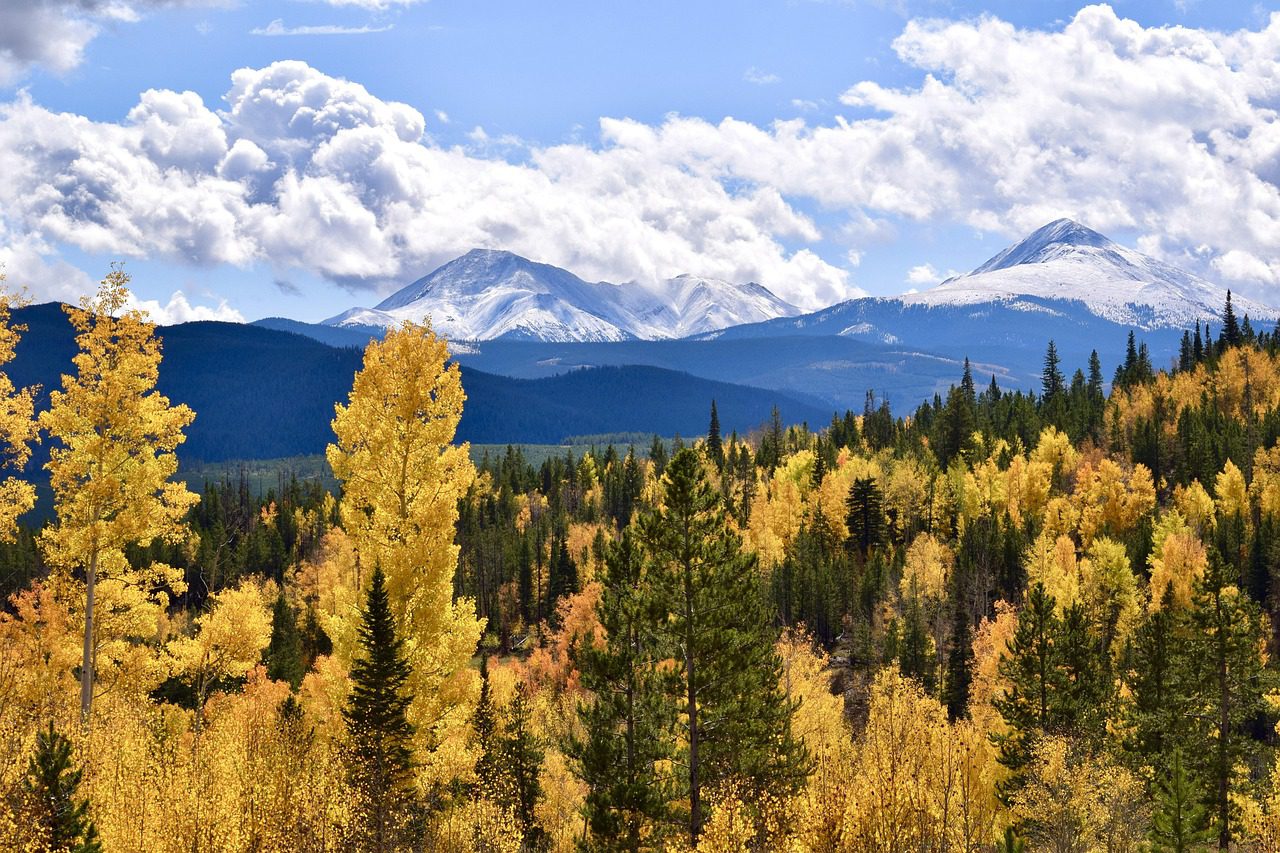- Deep groundwater flows in mountains are significant.
- Recharge, geology, and topography influence these flows.
- Mountain aquifers impact river base flow and water age.
- Climate change may reduce groundwater recharge in mountains.
- Decreased recharge could shrink permanent river networks.
November 8, 2024 — Mountains cover about 25% of Earth’s surface and are critical in supplying high-quality water to rivers and downstream areas where many people live. They receive more precipitation than surrounding lowlands, making them key contributors to the water cycle, according to Morphological and Hydrogeological Controls of Groundwater Flows and Water Age Distribution in Mountain Aquifers and Streams , first published on November 7.
, first published on November 7.
Traditionally, scientists have focused on shallow water flows in mountains, overlooking the importance of deep groundwater in fractured rock formations. Recent studies have found that these deep layers can hold significant amounts of water, challenging previous assumptions.
New Findings from Simulations.
Researchers used computer models to explore how climate (recharge), geology (hydraulic conductivity), and topography affect mountain groundwater flows. They investigated:
- The proportion of groundwater contributing to river base flow and how old this water is.
- How much water is stored underground and how sensitive it is to changes in recharge.
- How long-term changes in recharge impact the extent of rivers fed by groundwater under different landscapes.
They discovered that groundwater travel times follow a Gamma distribution pattern, which is influenced by recharge rates, how easily water moves through rocks, and the shape of the land.
Influence of Climate, Geology, and Topography.
In areas with high recharge and hilly landscapes, groundwater tends to stay near the surface, closely following the shape of the land. This leads to widespread but low-intensity water flows that feed dense river networks.
In contrast, in rugged mountain catchments with lower recharge, groundwater contributions become more focused and intense in downstream river sections. As recharge decreases, deep groundwater flows become more significant in supplying water to rivers.
The study suggests that climate change, which may reduce groundwater recharge due to higher temperatures and altered precipitation patterns, could decrease the extent of permanent river networks in mountain regions. This happens because less recharge means less groundwater is available to feed rivers, potentially affecting water resources for ecosystems and human use.
These findings provide insights into how mountain aquifers function and how they might respond to changing environmental conditions, helping inform sustainable water management in mountain environments.
Full Research Paper; Citation.
Betterle, A., & Bellin, A. (2024). Morphological and hydrogeological controls of groundwater flows and water age distribution in mountain aquifers and streams. Water Resources Research, 60, e2024WR037407. https://doi.org/10.1029/2024WR037407

